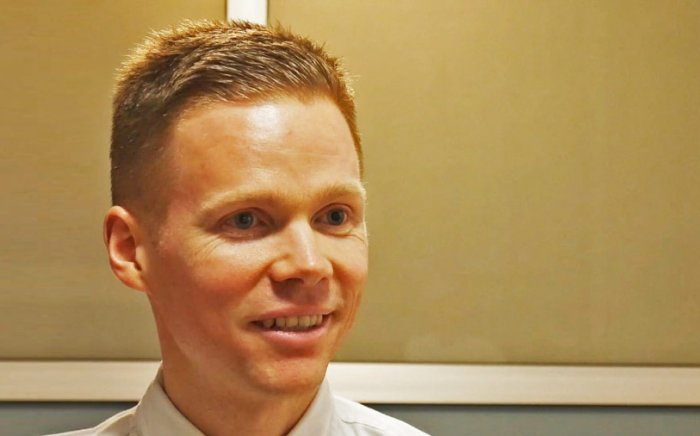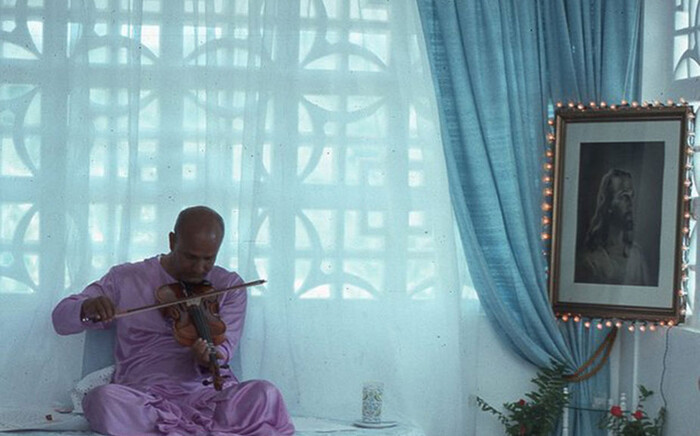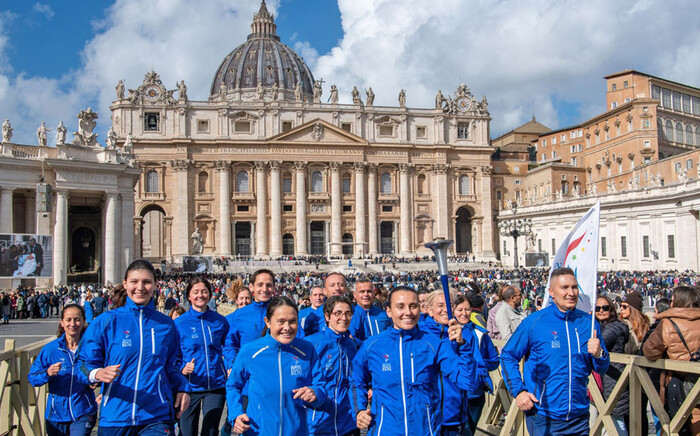
Stories
First-hand experiences of meditation and spirituality.

If I could remember this in my daily life now, I'd be a very high soul
Charana Evans Cardiff, Wales
The happiest I've ever been
Gabriele Settimi San Diego, United States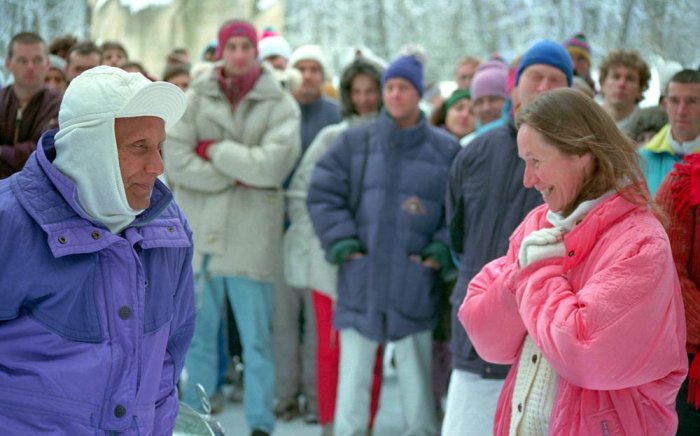
'Christ has stolen her heart and brought it now to me'
Dodula and Gunthita Zurich, Switzerland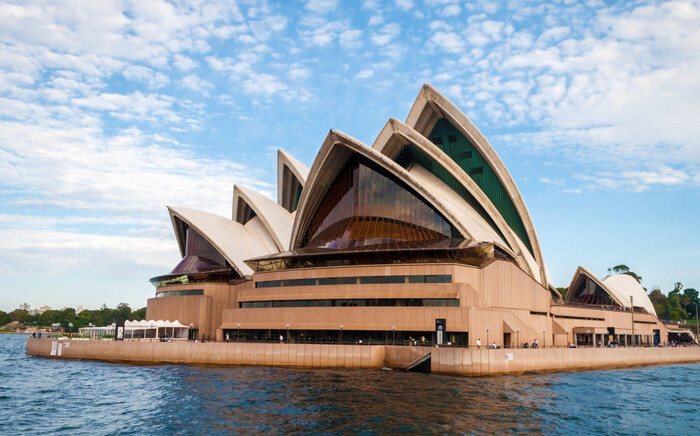
Sri Chinmoy performs on the world's largest organ
Prachar Stegemann Canberra, Australia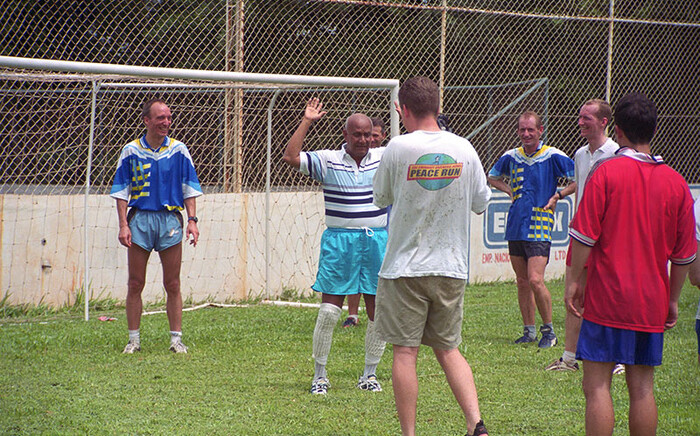
I see infinitely more than I say
Agraha Levine Seattle, United States
Just go with it and jump!
Gabriele Settimi San Diego, United States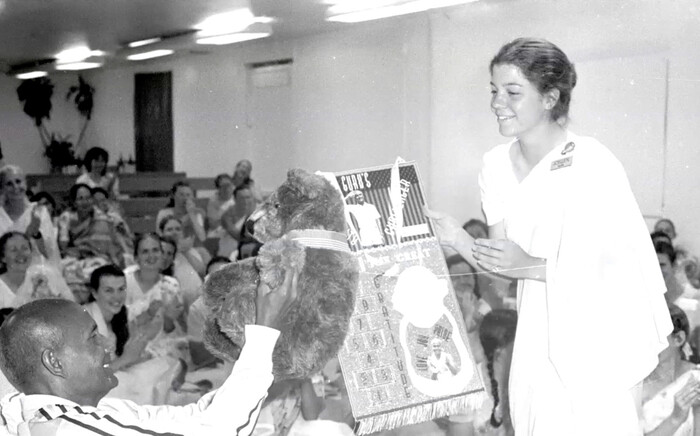
Breaking the world record for the longest game of hopscotch
Pipasa Glass & Jamini Young Seattle, United States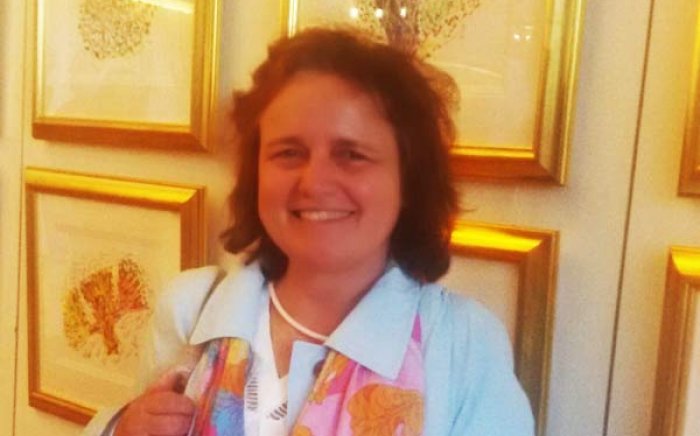
If a little meditation can give you this kind of experience...
Pragya Gerig Nuremberg, Germany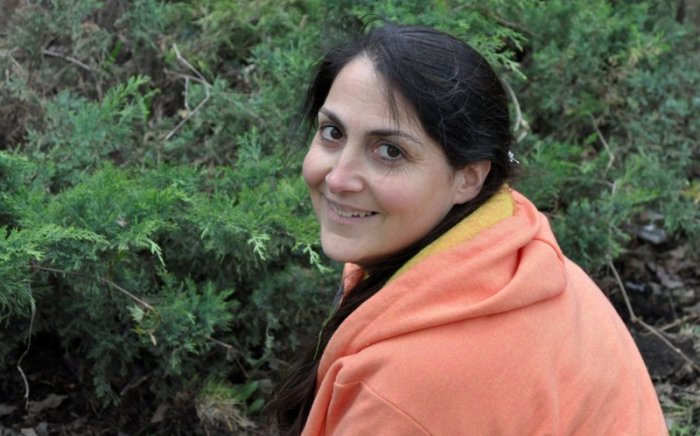
My inner calling
Purnakama Rajna Winnipeg, Canada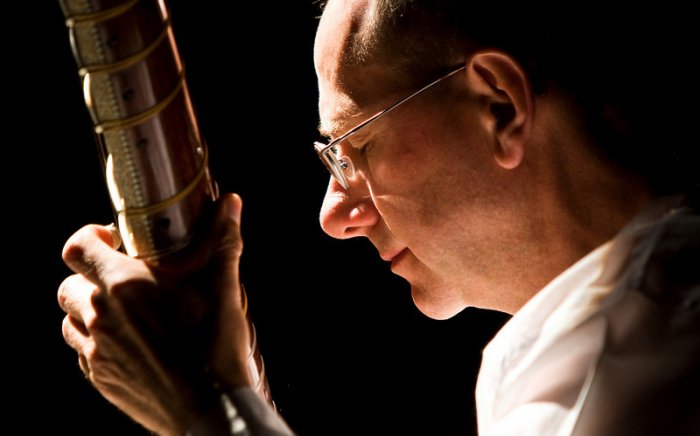
A Flame in my Heart
Adesh Widmer Zurich, Switzerland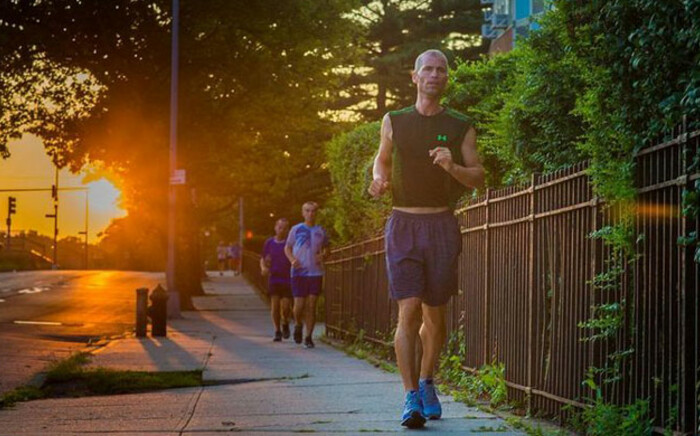
Why run 3100 miles?
Smarana Puntigam Vienna, Austria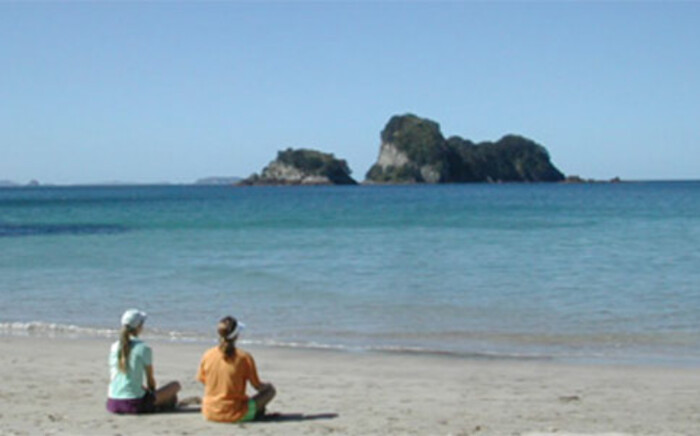
Meditation: Touching The Infinite
Jogyata Dallas Auckland, New Zealand
My love of spiritual poetry
Manatita Hutchinson London, United KingdomSuggested videos
interviews with Sri Chinmoy's students
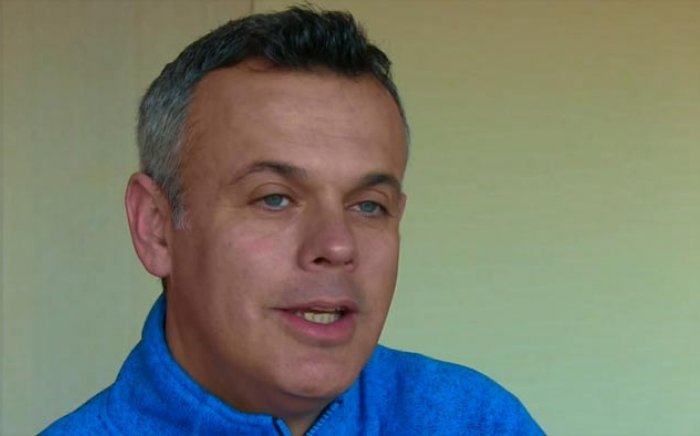
A childhood meeting with Sri Chinmoy
Devashishu Torpy London, United Kingdom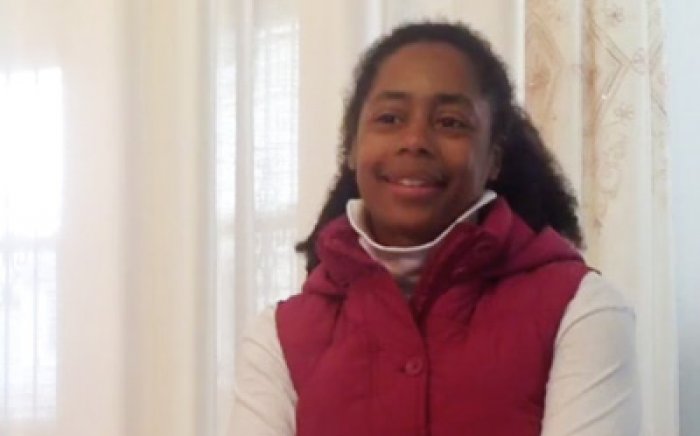
My first impressions of Sri Chinmoy's philosophy
Lunthita Duthely Hialeah, United States
My daily spiritual practises
Muslim Badami Auckland, New Zealand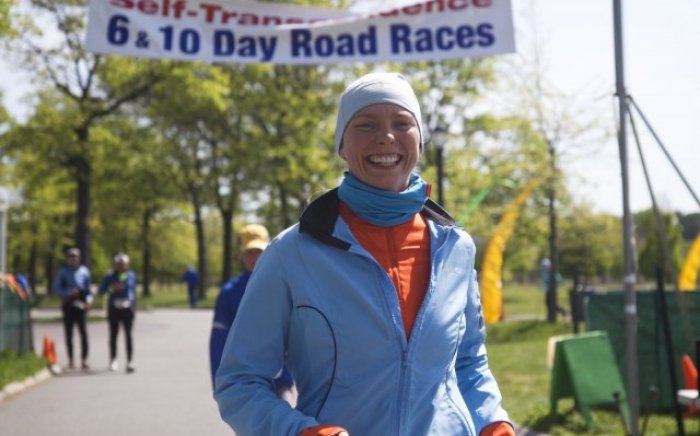
2 things that surprised me about the spiritual life
Jayasalini Abramovskikh Moscow, Russia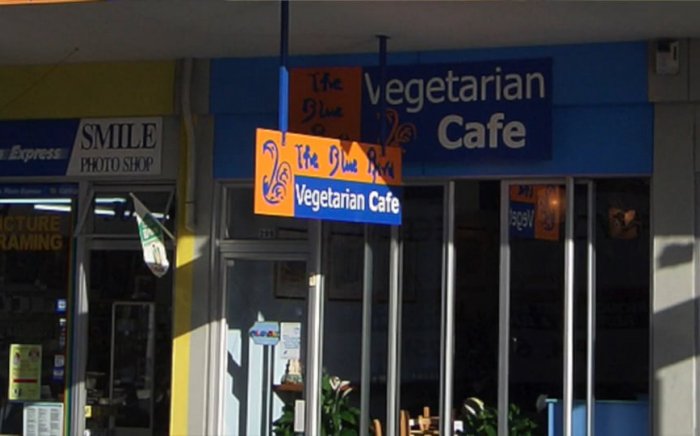
Starting a spiritual café
Toshala Elliott Auckland, New Zealand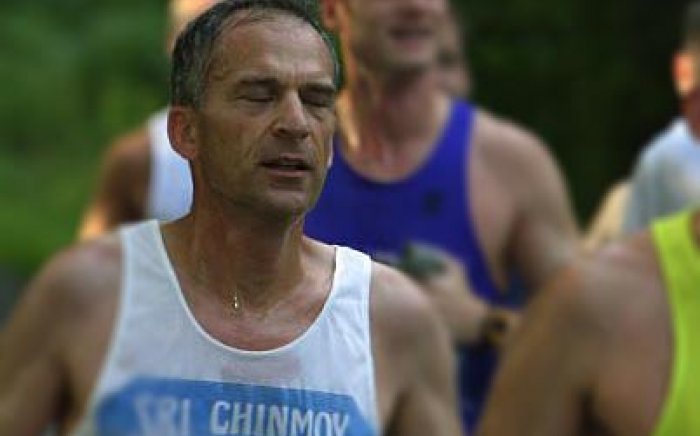
Self-transcendence in meditation
Kailash Beyer Zurich, Switzerland